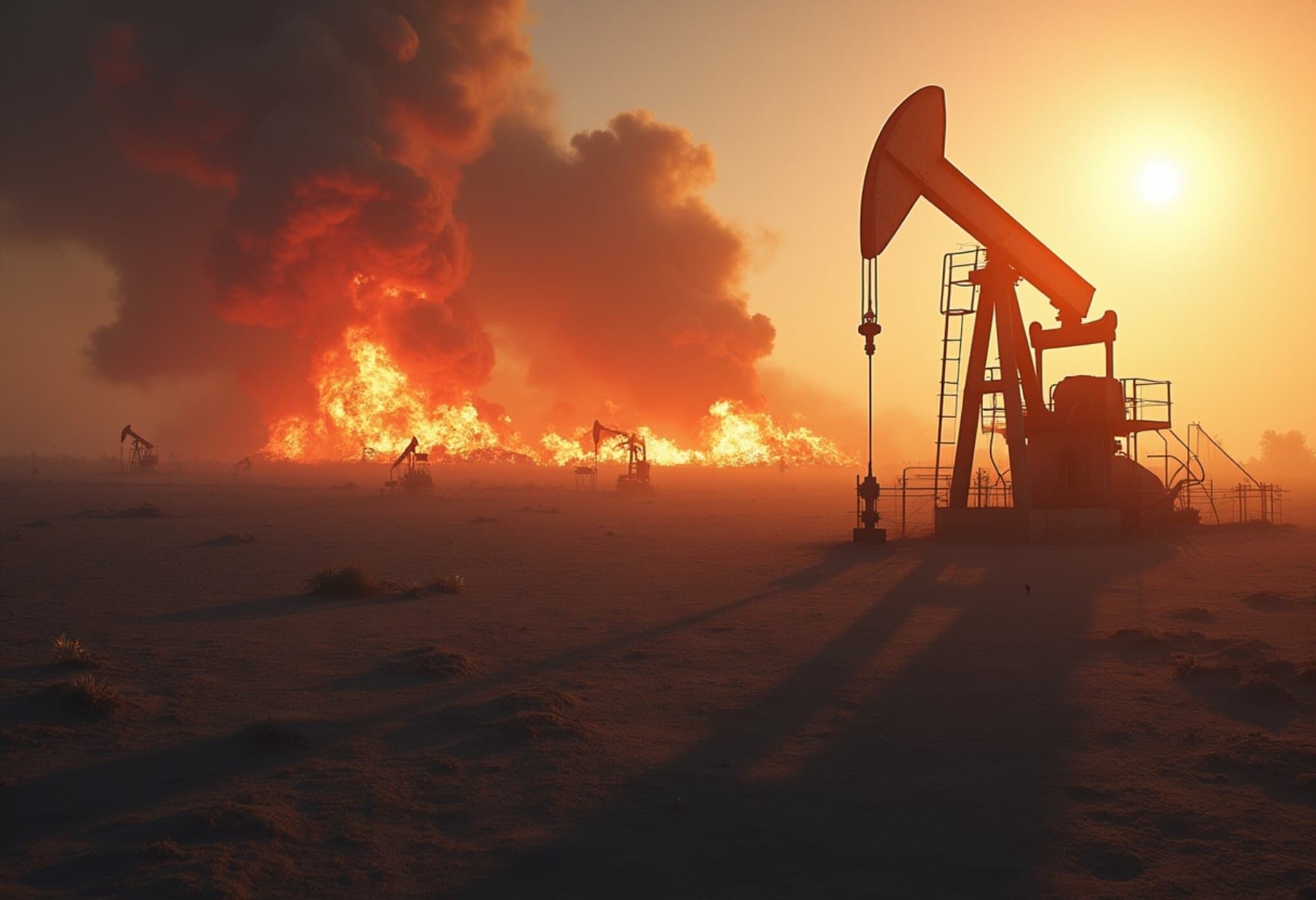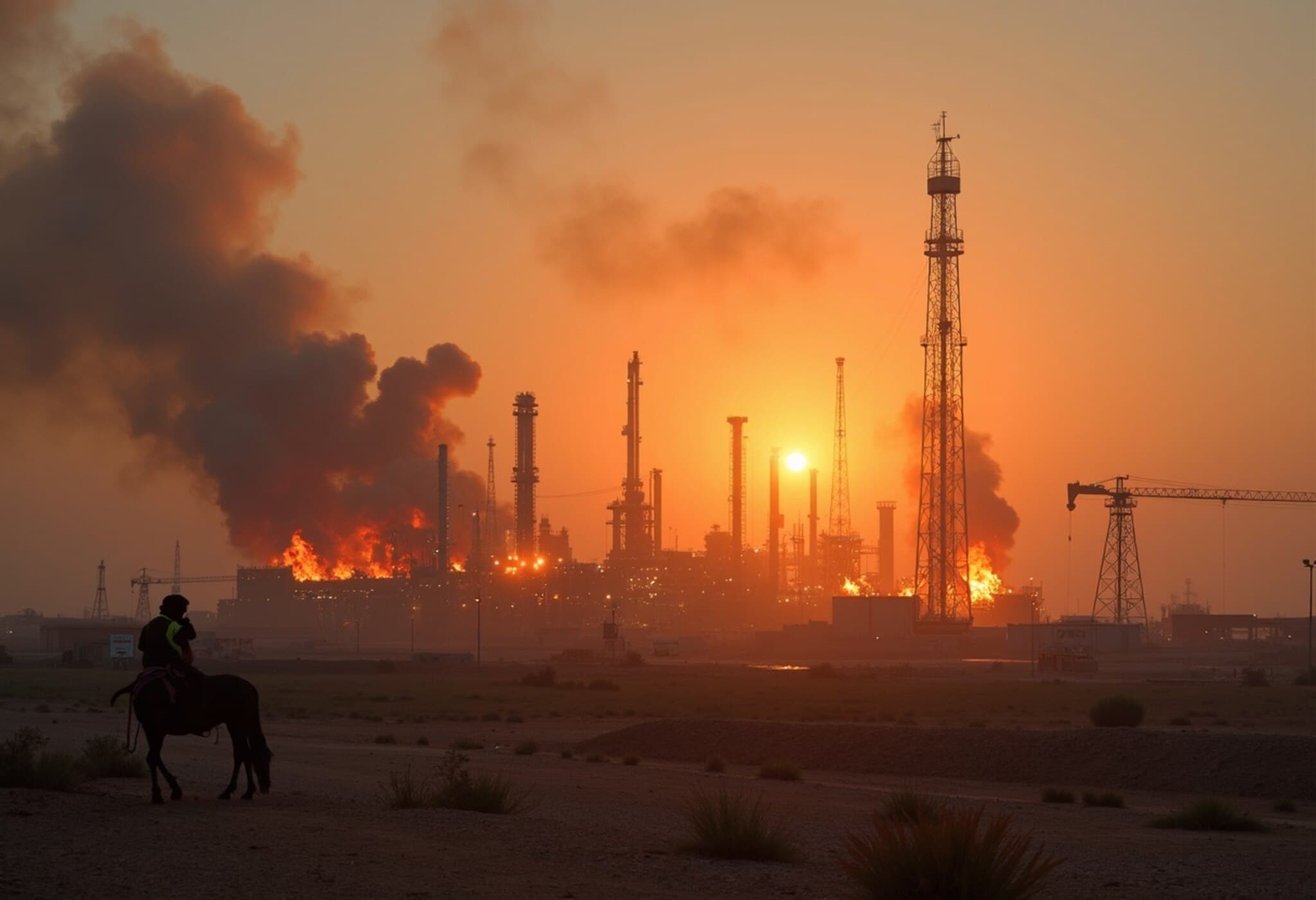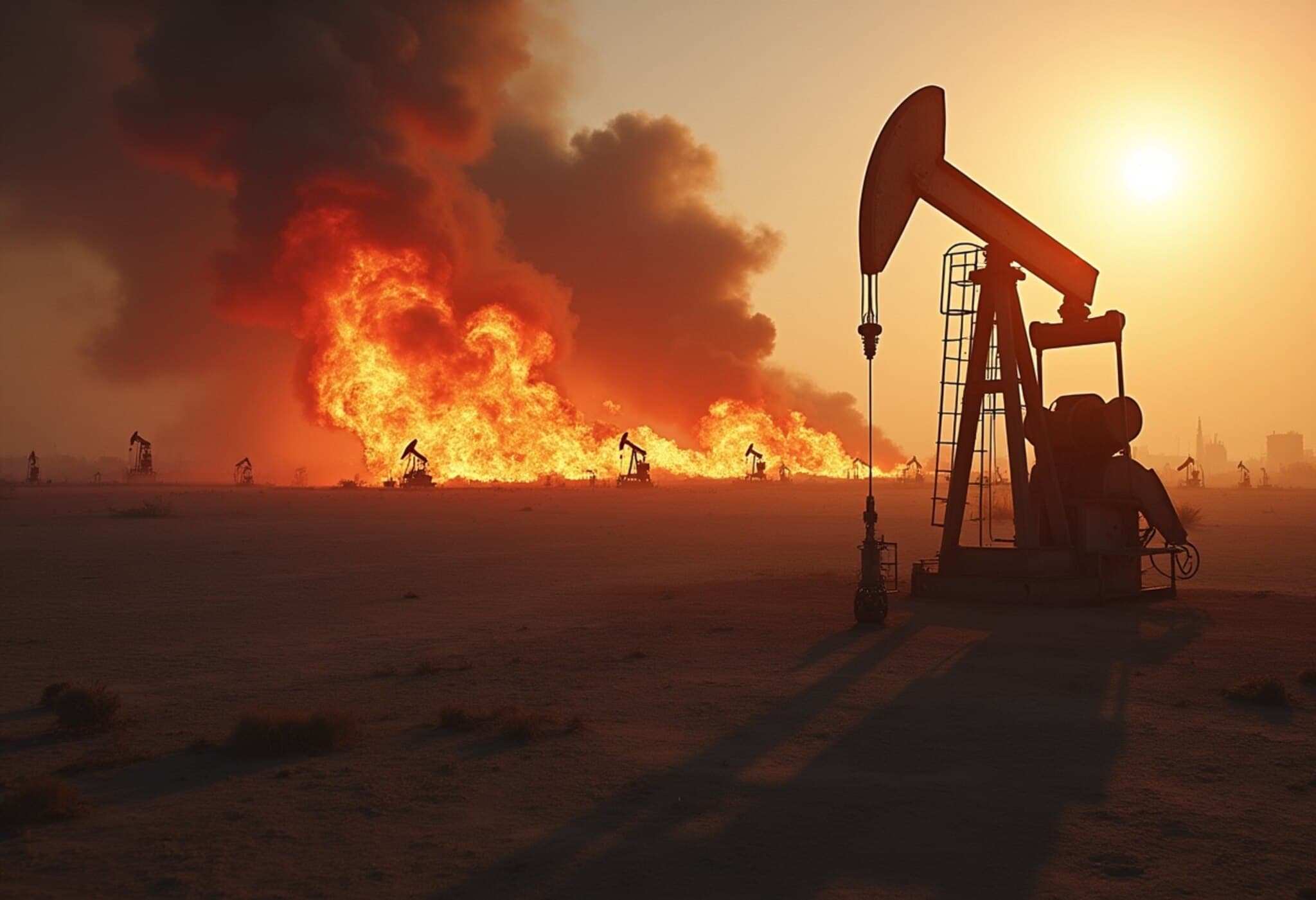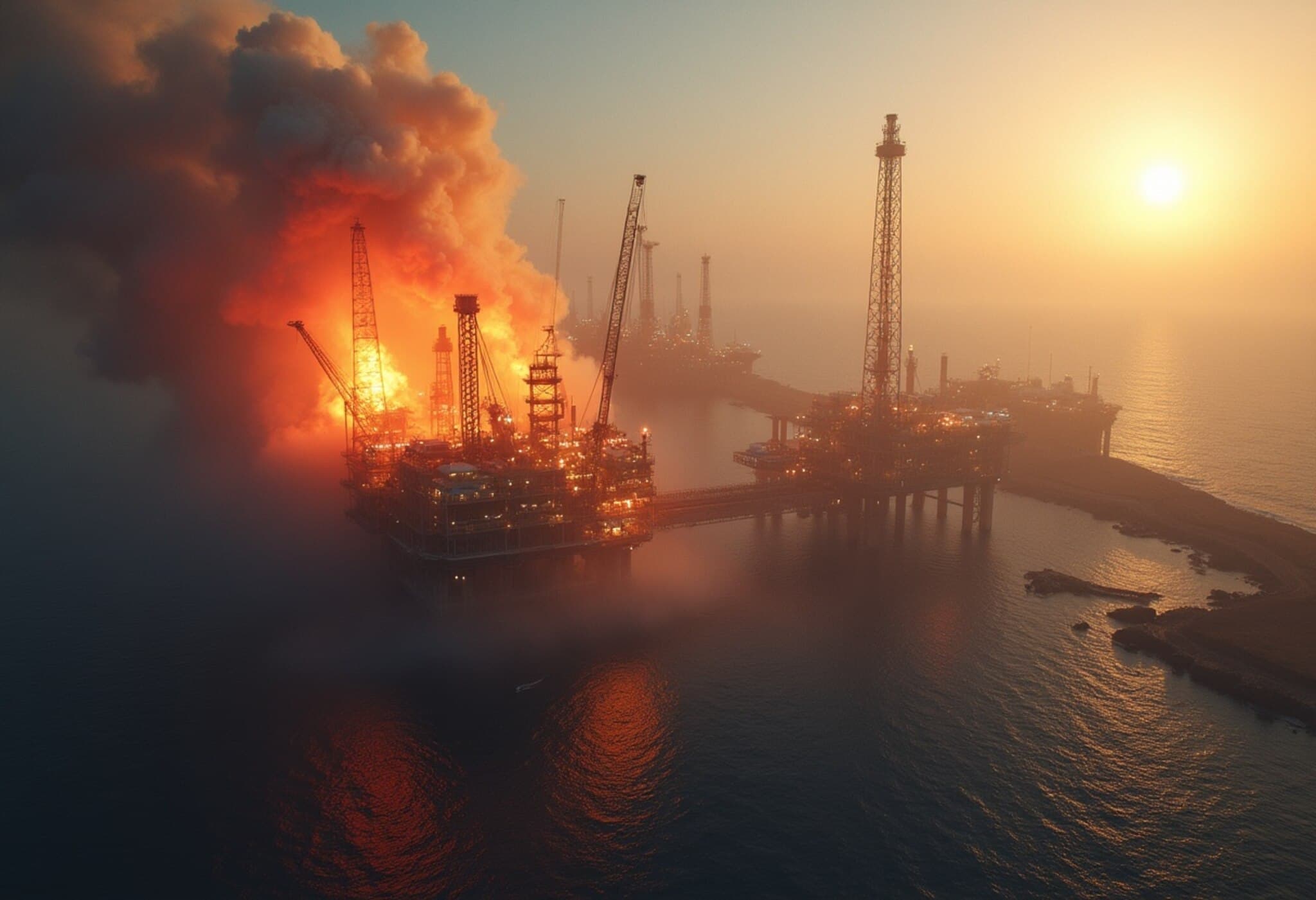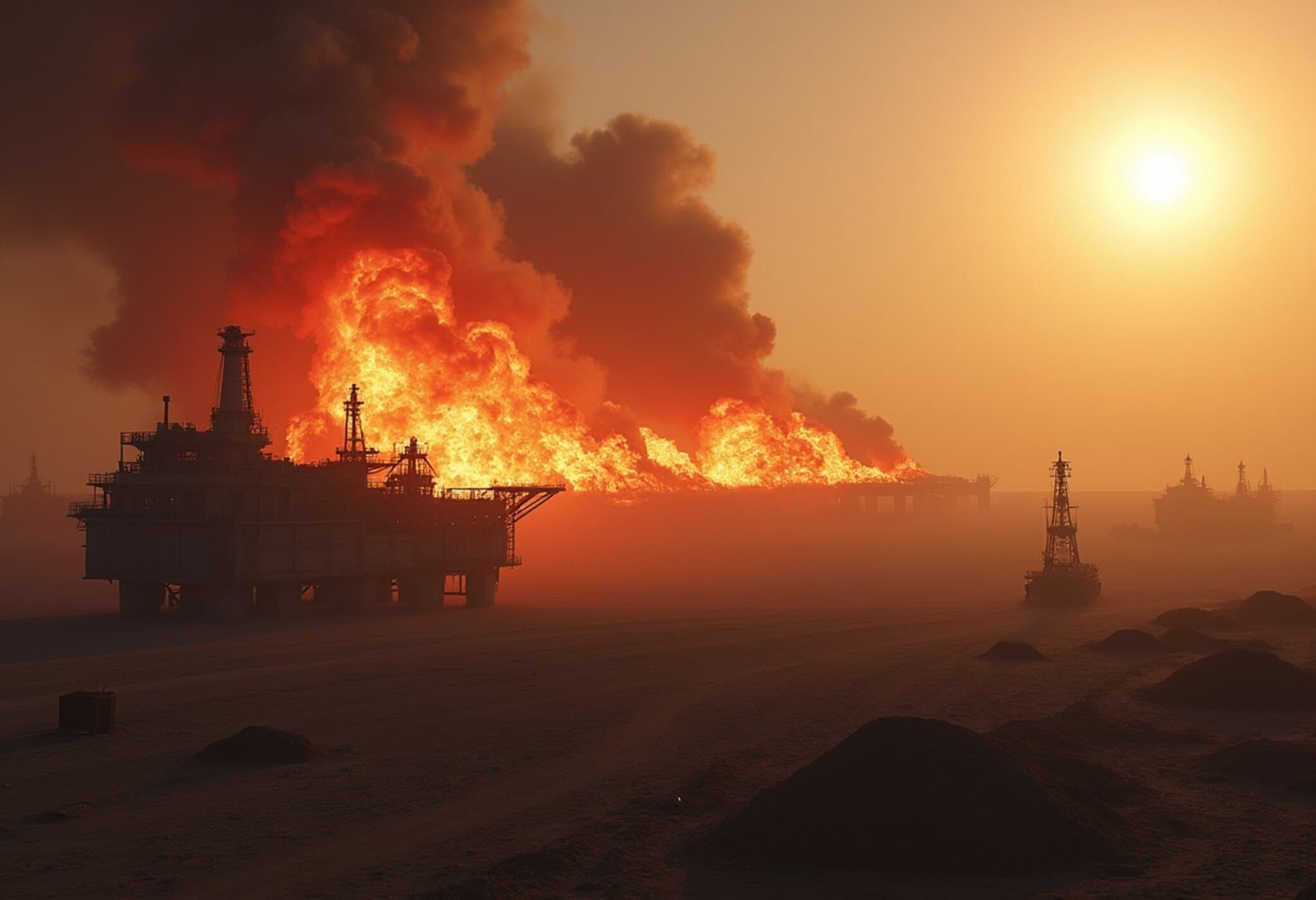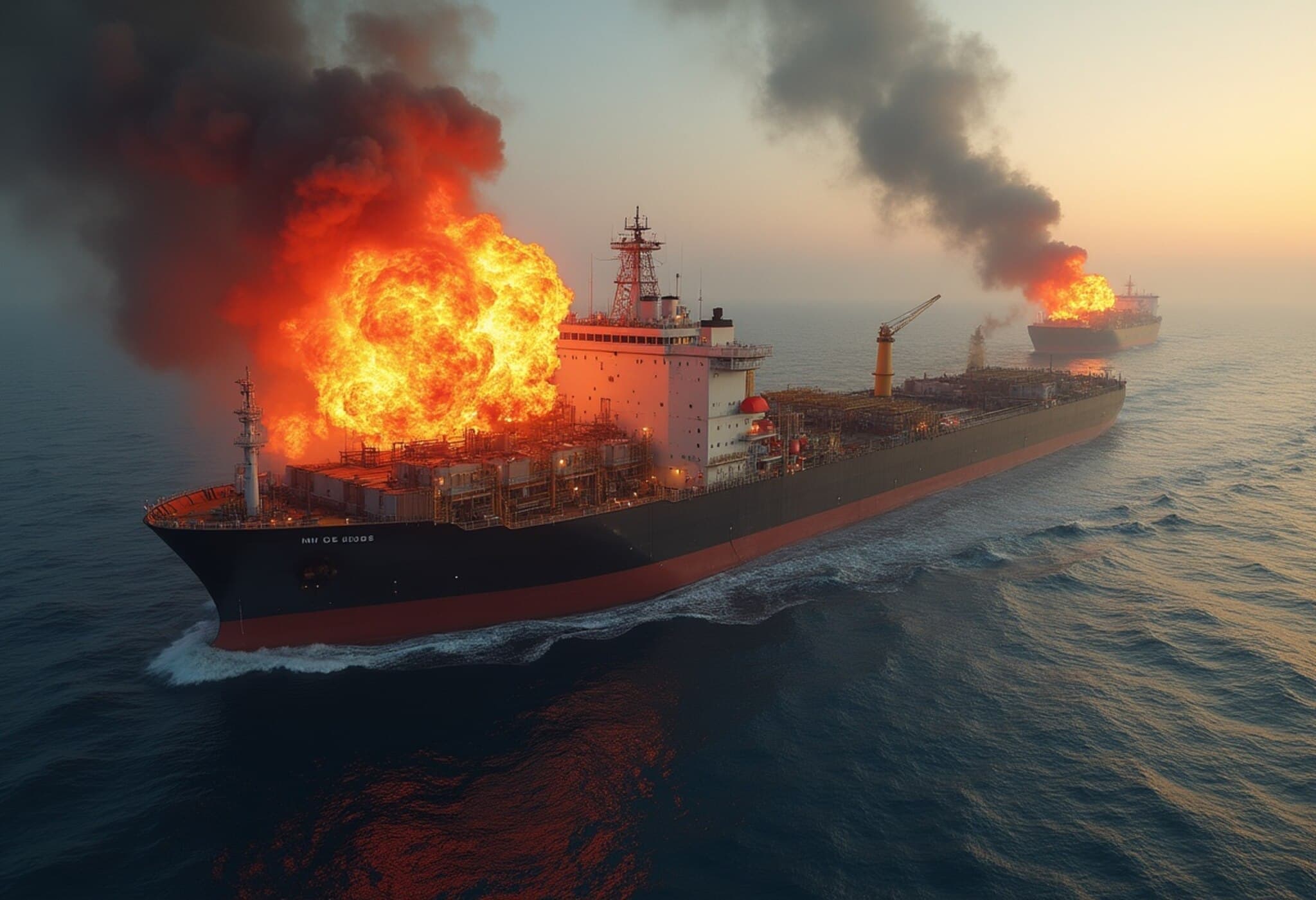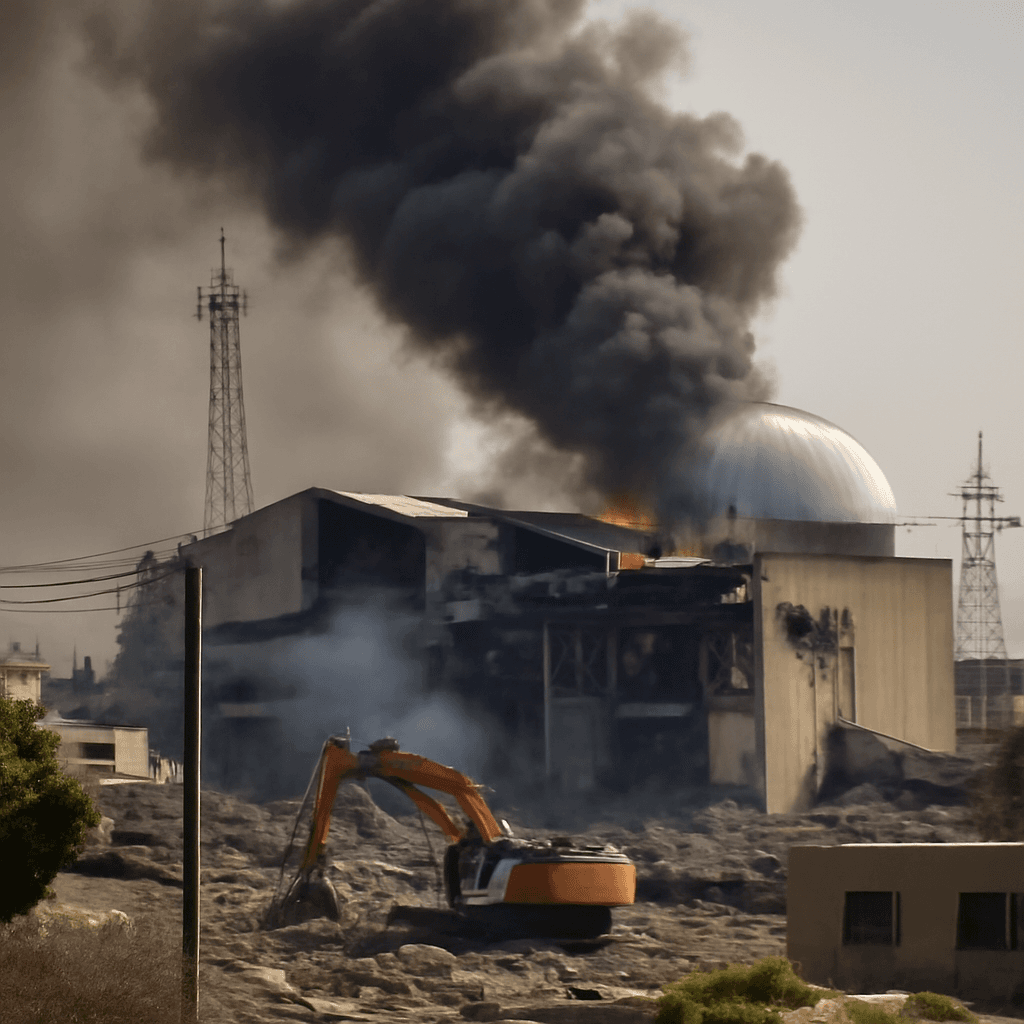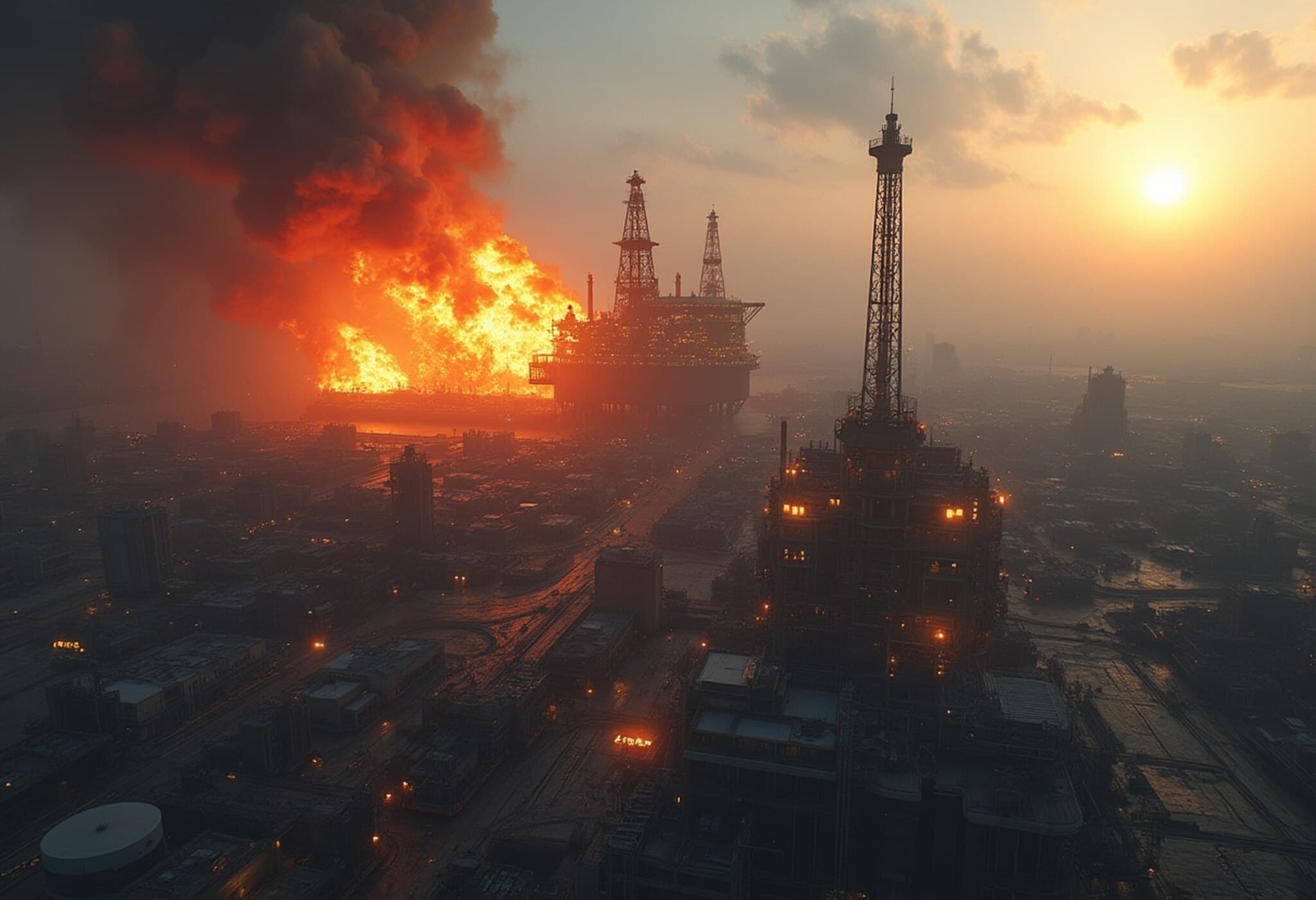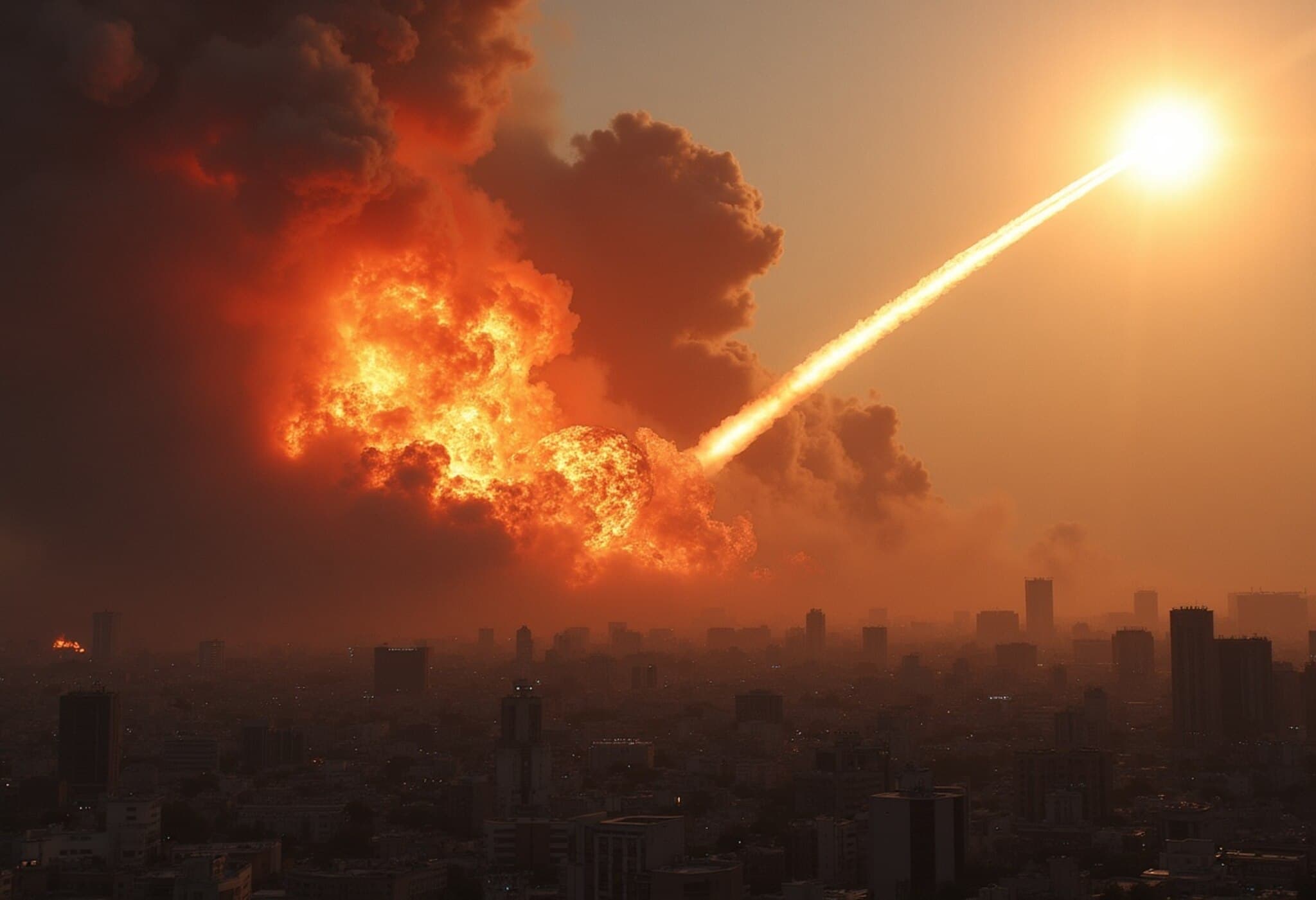Understanding the Current Israel-Iran Tensions and Oil Market Impact
Amid escalating tensions between Israel and Iran, concerns have surfaced about potential disruptions in the global oil supply and resulting price spikes. However, a closer analysis reveals several factors that currently mitigate these risks, preventing an immediate energy crisis or sharp increase in fuel costs.
Iran’s Oil Exports and Their Global Significance
Iran exports approximately 2 million barrels of oil and refined petroleum products daily, accounting for around 2% of the global oil supply. Most of this output is sold to China at discounted rates, largely because longstanding international sanctions limit Iran’s broader market access. This restricted buyer pool and pricing structure have shaped Iran's oil trade dynamics for years.
Robust OPEC Spare Capacity Provides a Buffer
Unlike in previous years, the Organization of the Petroleum Exporting Countries (OPEC) currently maintains an unusually high spare production capacity — estimated at over 4 million barrels per day. Saudi Arabia holds about 3.5 million barrels per day in reserve, while the United Arab Emirates contributes roughly 1 million barrels per day. This surplus allows OPEC to compensate for any shortfall in Iranian exports without drastic market disruption.
Furthermore, the International Energy Agency (IEA) controls strategic reserves exceeding 1.2 billion barrels scattered across member countries. These reserves can be deployed if unforeseen supply risks materialize. China also maintains significant oil stocks, though distinguishing between its commercial reserves and strategic stockpiles can be challenging.
Demand Factors and Surplus Oil
Interestingly, a notable volume of Iranian oil is currently stranded on ships near China. Weakened industrial activity combined with the rise of electric vehicles has dampened petrol demand. For instance, China’s refinery throughput fell in May with no immediate signs of recovery.
Global oil production is also outpacing demand more than initially predicted. Production growth is anticipated to exceed 1.8 million barrels per day, far above earlier forecasts of 0.72 million barrels per day, creating a substantial surplus that further softens price pressures.
Market Reaction and Price Dynamics
Although oil prices briefly surged by about $10 per barrel following conflict outbreak, they have since retreated. Traders appear to be gauging the conflict’s potential to escalate before reacting further.
China’s buying patterns serve as a barometer: earlier in the year it avoided purchasing Iranian oil even when prices dipped to $65 per barrel. Whether it opts to buy at current higher rates (around $75) will show how seriously it views Middle East instability. Meanwhile, other major importers have secured alternative supplies from West Africa and are closely watching US exports.
The Broader Geopolitical Context and Risks
Strategic Considerations Behind Israel’s Actions
Israel’s recent strike on Iran comes amid delicate negotiations between Iran and the United States, raising questions about the timing and objectives. Some analysts suggest the actions may aim to delay Iran’s nuclear progress, though experts concur any such delay would likely be measured in weeks or months, not years.
Potential Threats to Critical Oil Passageways
If Iran retaliates by threatening to close the Strait of Hormuz — a vital artery through which roughly one-fifth of the world’s oil supply passes daily — global energy markets could face serious upheaval. However, alternative pipelines exist, including a substantial 6 million barrels per day East-West pipeline in Saudi Arabia, bypassing the strait to the Red Sea. The UAE also operates a pipeline leading to the port of Fujairah, avoiding the strait altogether.
Even so, the prospect of increased shipping risks and longer transport routes would inevitably raise costs. Shipping insurance rates for vessels navigating the Strait of Hormuz have already jumped 60% since the conflict began. Combined with broader economic fallout, this could translate into higher fuel prices worldwide.
Economic Ramifications Amid Global Slowdowns
The World Bank recently lowered global growth projections, warning the 2020s might witness the slowest expansion since the 1960s. Contributing factors include trade tensions and tariff policies that hamper efficiency and increase consumer costs.
Rising inflation expectations and yields on government bonds limit central banks in stimulating economies by cutting interest rates. For example, the US Federal Reserve faces constraints in lowering borrowing costs, a vital tool to boost economic activity.
Meanwhile, regions like the UK were already experiencing economic contraction before the Middle East conflict escalated. With renewed pressure on energy prices, slow wage growth, and potential job losses, households face tougher financial conditions ahead.
Conclusion: Temporary Calm Amid Uncertain Storm
Despite the alarming headlines and complex geopolitical backdrop, the current oil market remains relatively steady thanks to ample spare capacity, strategic reserves, and subdued demand. However, continued conflict escalation or a blockade of key shipping routes could swiftly alter this balance, leading to higher prices and wider economic consequences.
For now, markets appear cautiously optimistic that diplomacy and existing supply buffers will hold, preventing an immediate energy crisis while the world watches tensions unfold.

